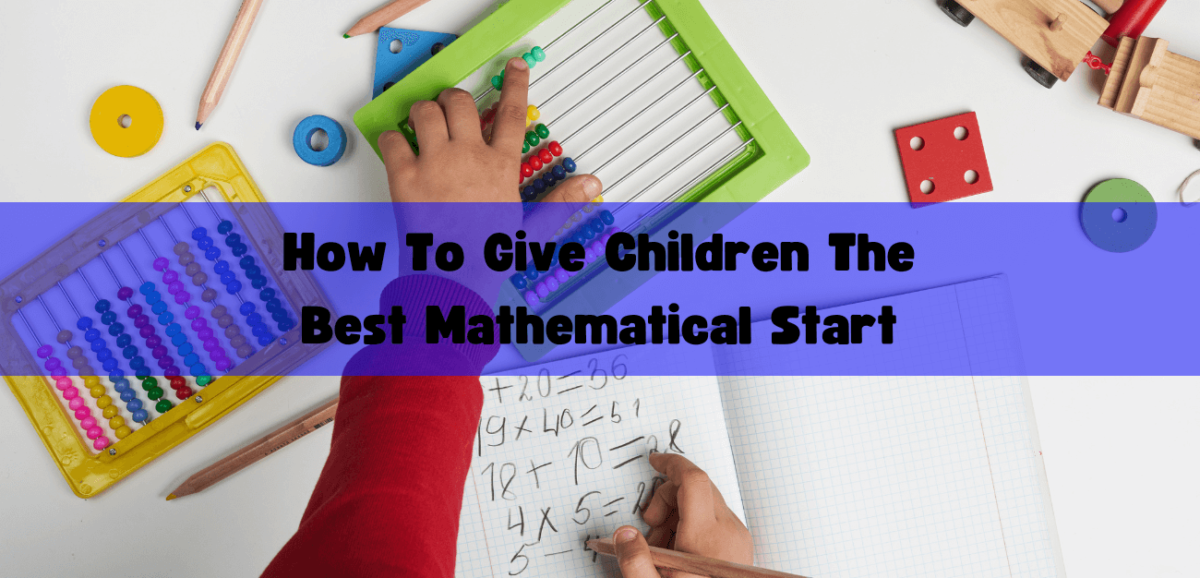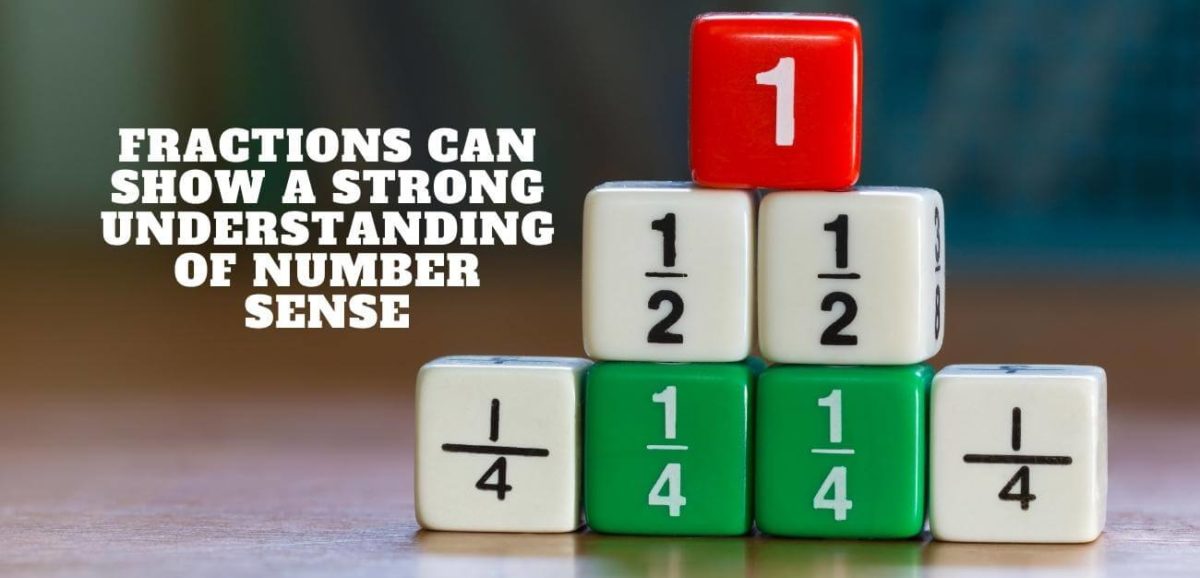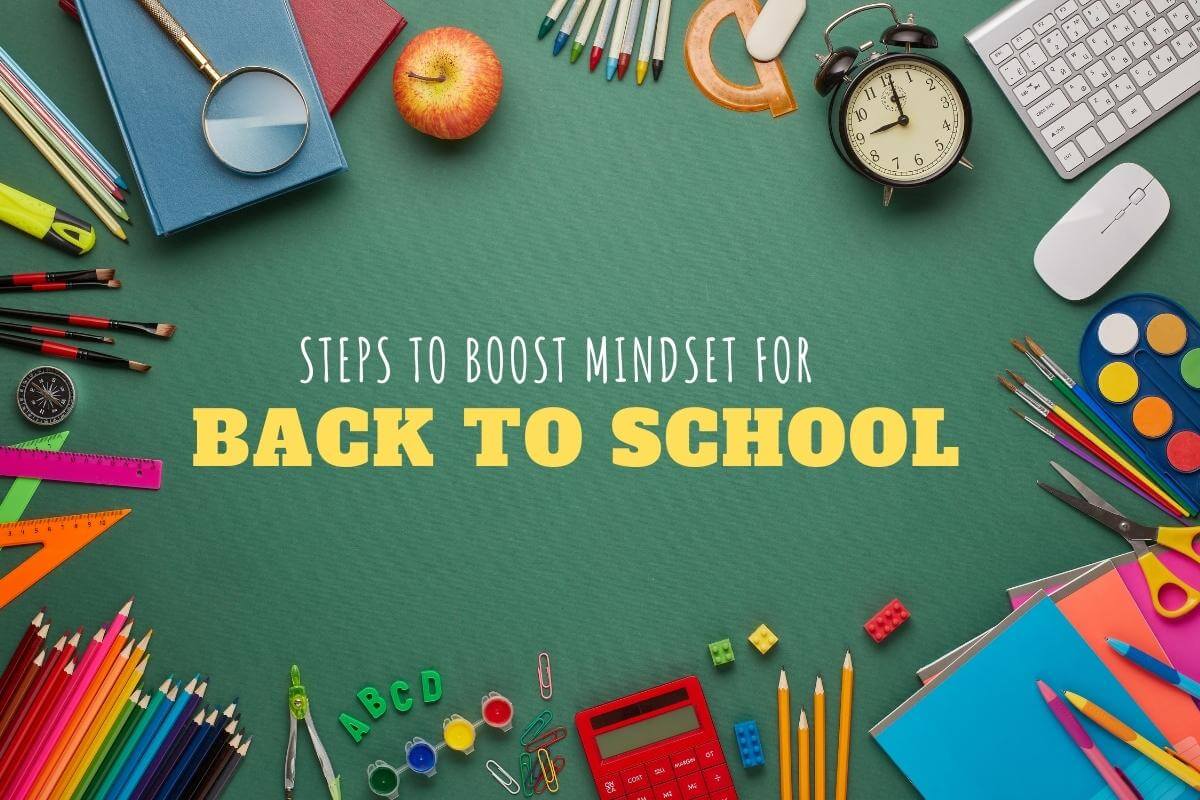One of the most important things you can do for your child is to give them a strong foundation in mathematics. In younger children, teaching them early on how to count, add, subtract, and divide while keeping it fun and entertaining will help set them up for success in future schooling and beyond. Giving older […]











